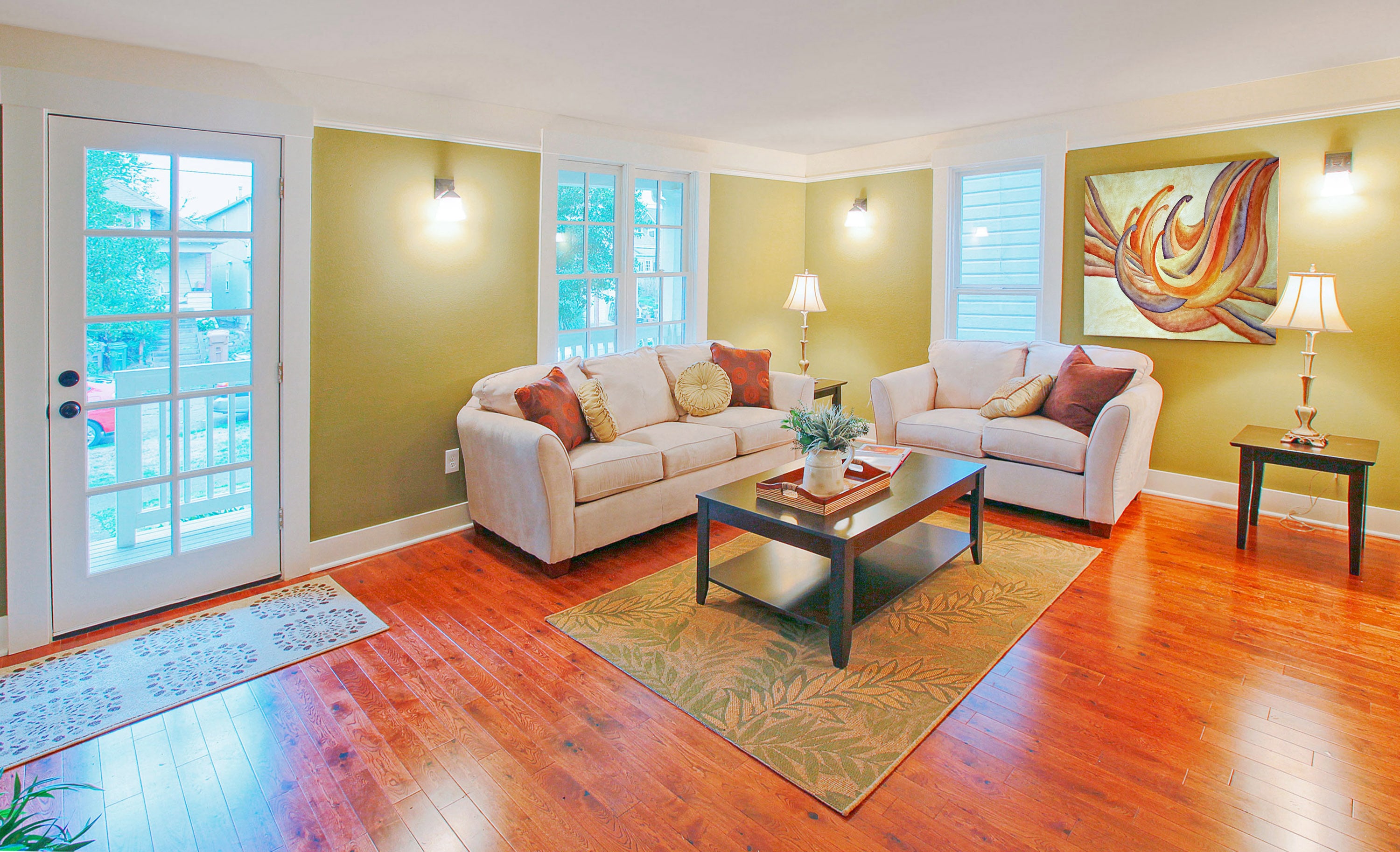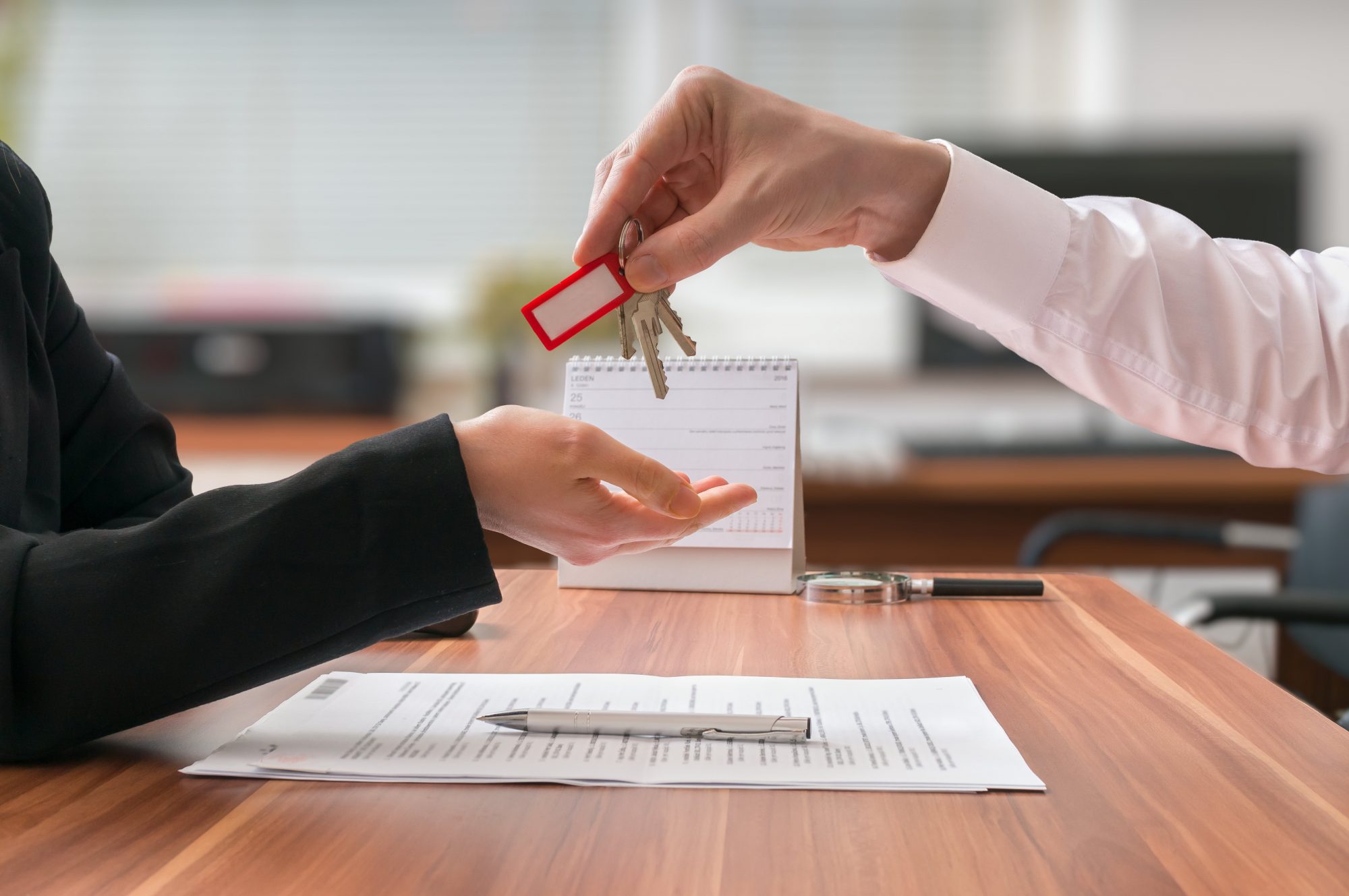The first step to adding value to your fix and flip properties is implementing a system to breakdown, evaluate, and improve each aspect and process of your fix and flip. This needs to happen before, during, and after each project. What are the steps of each process — from demolition to real estate listing? What are the expected costs? What is your budget for each? What ways can you maximize value in each step? What can you learn from previous projects to apply to your current and next ones?
Whether this is with a good old-fashioned notebook and pen, with a program like Excel or Numbers on your personal computer, or with a software system specifically designed for general contractors and project managers in the field of home construction, you are going to need a place to record and see with your own eyes the ins and outs of every single part of your project. Take notes, keep track, rely on the numbers. Having a system to add value to your rehab properties is the first step to actually adding that value.
Now let’s look at some specific processes to maximize that will help increase your profit margins.
Shop Before You Buy
Always start with your budget/market analysis of each individual house: what is the maximum price can you pay for it? (Don’t get caught up in auction fever where your max price goes out the window!) How much will it take to rehab? What is the maximum price can you flip it for when all is said and done? If you’re not comfortably in the black by the time you run those numbers, don’t buy. Instead, put your effort into building up your home construction fund, and doing your own market analysis of the areas you want to buy in — what neighborhoods are trending? Which ones have already peaked in terms of resale value? Which realtors should you get to know for tips on upcoming properties? Remember, it’s a numbers game. You will need to network with lots of realtors who move rehab properties in the areas you want to buy. You need to let them know you can move quickly, with all cash to close, within 7-10 working days. Aztec Financial can give you a letter showing you have an open line of credit for the amount you’re offering for the house.
Manage Your Subs
Effectively managing sub-contractors is the key to effectively managing any home construction. All subs — from the demo team to the plumbers to the painters — are going to have their own personalities, ambitions, and objectives. It’s your job to maximize the value of each by maximizing how you manage each. Remember: this is your rehab property. You are going to want multiple bids for each sub-contracted process — demo, carpentry, electric, plumbing, windows, insulation, drywall, paint, etc. But don’t simply go with the cheapest bid and think that is the best way to make money. You don’t want subs who do not know what they are doing, or worse, don’t care about what they are doing. You want subs who are professional, timely, and reliable. What is their bid? What timeline do they need to do the work in? If they don’t finish in that timeline what are you going to need to do to get them on the job so you can coordinate your other subs around them? Managing is building, too. Lastly, if you are performing labor yourself — on what parts are you saving and losing money? Is it cheaper to pay a subcontractor to do it faster or is it something you can do best? Do your due diligence before you hire your contractor and or subs. Check them out. See other jobs they have done. Ask for referrals. Check them out against the California contractor’s board which you can access online. Also with few exceptions; you will always want to have your contractors and subs to be ahead of the work.
In other words, you should always be in a position where you owe them money vs the other way around. So don’t advance monies before the work other wise you will be begging to be ripped off! This is extremely common; especially amongst newbies in the business of fix and flipping. There are exceptions where they may need a small advance for materials, but even seasoned contractors will typically cover those advances with the understanding they will get paid in pre-agreed upon increments after those items are completed. Also keep in mind that the California contractors board has a legal maximum of 10% or $1,000.00 whichever is less as to what a licensed contractor can charge you upfront by law. That amount is very minimum. This legal maximum can change from time to time so go ahead and check to make sure you are up on the current law. I know that many fix and flippers that have an established relationship with their contractor teams will sometimes advance more than this on occasion, but be extra careful as the construction industry has one of the worst reputations for honesty and reliability. Buyer beware!! These are all good points to keep in mind.
Design Trends
Most things in home construction come and go. That shag carpet and waterbed that drew in buyers in the 1970s will likely send them running for the hills now. In order to maximize the value of your rehab properties, you need to be up on the current trends that will catch the eye of potential buyers.
First, know your audience. Who is your ideal demographic? Research what the current design trends that cater to that demographic. You should be on social media sites like Pinterest, Instagram, Houzz, etc. Find and follow interior designers and contractors with large followings who post pictures of ideas you can use — think, currently, mismatched cabinets, matte finishes, mixed materials, etc. Sift through and study what you could implement cheaply and effectively at each stage as you fix and flip your own rehab properties.
One of the simplest things you can do, is go online and see what sold in the area of your subject property and see the photos of what materials/design elements they had. What elements earned the highest sales? Try to go above and beyond to add that little extra to your house that could separate it from competing houses in the neighborhood — whether it is simply that all-white bathroom/bedroom addition, nicer landscaping, or even innovative storage or a bigger garage.
Optimizing the lot can also add value to your flip. Trying to split the lot and add an additional guest house, or extra bedroom/bath or adding an additional 2nd story to the house could be great options if the neighborhood warrants it. Also, be careful not to over-improve the property as you may not be able to get all your money out when you go to sell.
Sometimes
custom features can be the difference maker. For example, Murphy Door provides amazing custom made hidden doors.
Stage and Show
Remember that what sells in this market is what looks good. So when it comes to displaying your finished product, don’t skimp on making it look as good as possible with proper staging and photography. Just like with sub-contractors, you can get multiple bids to save money and maximize on staging companies. If you are flipping many properties, you might even want to invest in your own (good) furniture that you could use in each property instead of paying someone else to stage it at all.
You can do the same thing with photographers for the online listings of your rehab properties: search for the most cost-effective way to make it pop, whether that means a professional photographer, or doing it yourself. Got a smartphone? The cameras in them are highly advanced technology. Research free guides online and learn how to take stunning photographs yourself.


